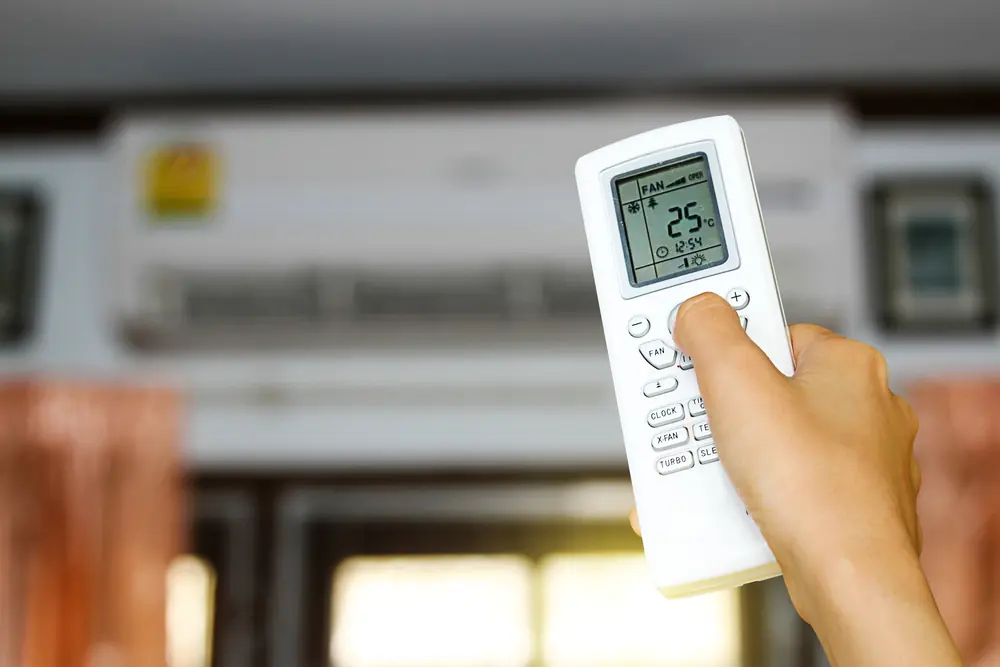
4 types of to.x.ic pots and pans to avoid
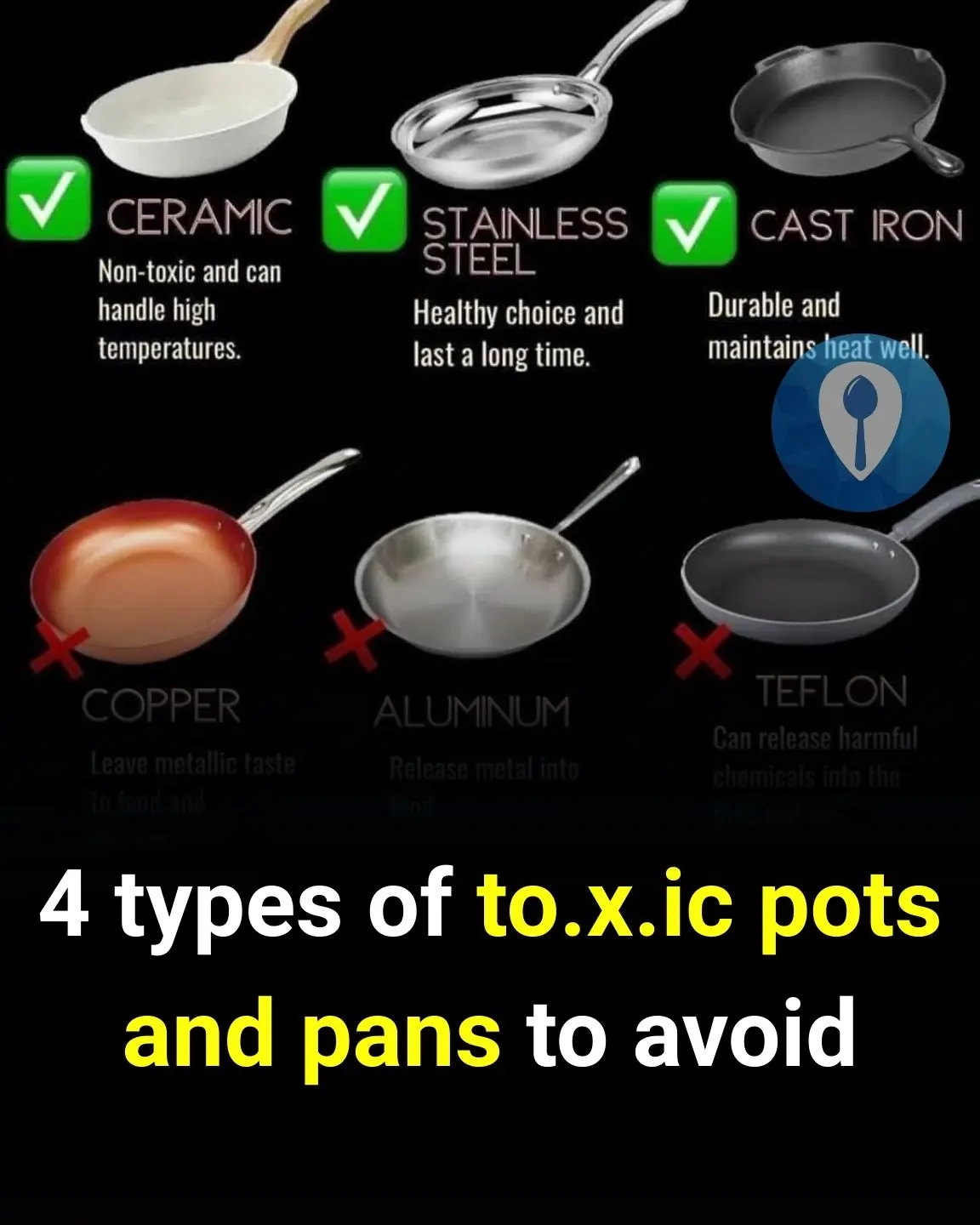
1. Non-stick pots and pans
Non-stick pots and pans are at the top of the list of dangers, but many people still choose them because they are convenient and popular.
Thanks to the PTFE (polytetrafluoroethylene) coating on the surface, these utensils do not stick to food when cooking. However, when exposed to temperatures above 300 degrees Celsius, PTFE begins to release toxins, and people infected will have flu-like symptoms, known as Teflon flu. This toxin can even be fatal to pet birds.
Some non-stick pots and pans also contain PFOA (perfluorooctanoic acid), which is linked to certain cancers such as breast, prostate, and ovarian cancer. Although PFOA is present in non-stick products in small amounts that are not dangerous to humans, it is also present in many other everyday items, so you should limit your exposure to it.
Some nonstick cookware is PTFE-only and PFOA-free (like granite), but it is only safe while the coating is intact. Once the coating is chipped, the pan should be discarded.
Alternatives:
You can use cast iron. This is a safe, durable, heat-retaining pan that you can practice nonsticking. Cast iron does not release any toxic substances into your food, making it a natural way to increase your iron levels.
2. Aluminum Pans and Aluminum Foil
Aluminum is a widely used material in cooking because it is readily available, durable, lightweight, flexible, and recyclable. However, high aluminum levels have been linked to several diseases of the central nervous system, including Alzheimer's and ALS. Although aluminum pans often have a coating on the outside, the coating is prone to chipping, releasing toxic metals into food.
Alternatives:
Glass pots and pans, which will never release anything toxic when heated, are durable, environmentally friendly, and do not retain the taste of previously cooked food. The only downside is that they are not non-stick.
3. Copper pots and pans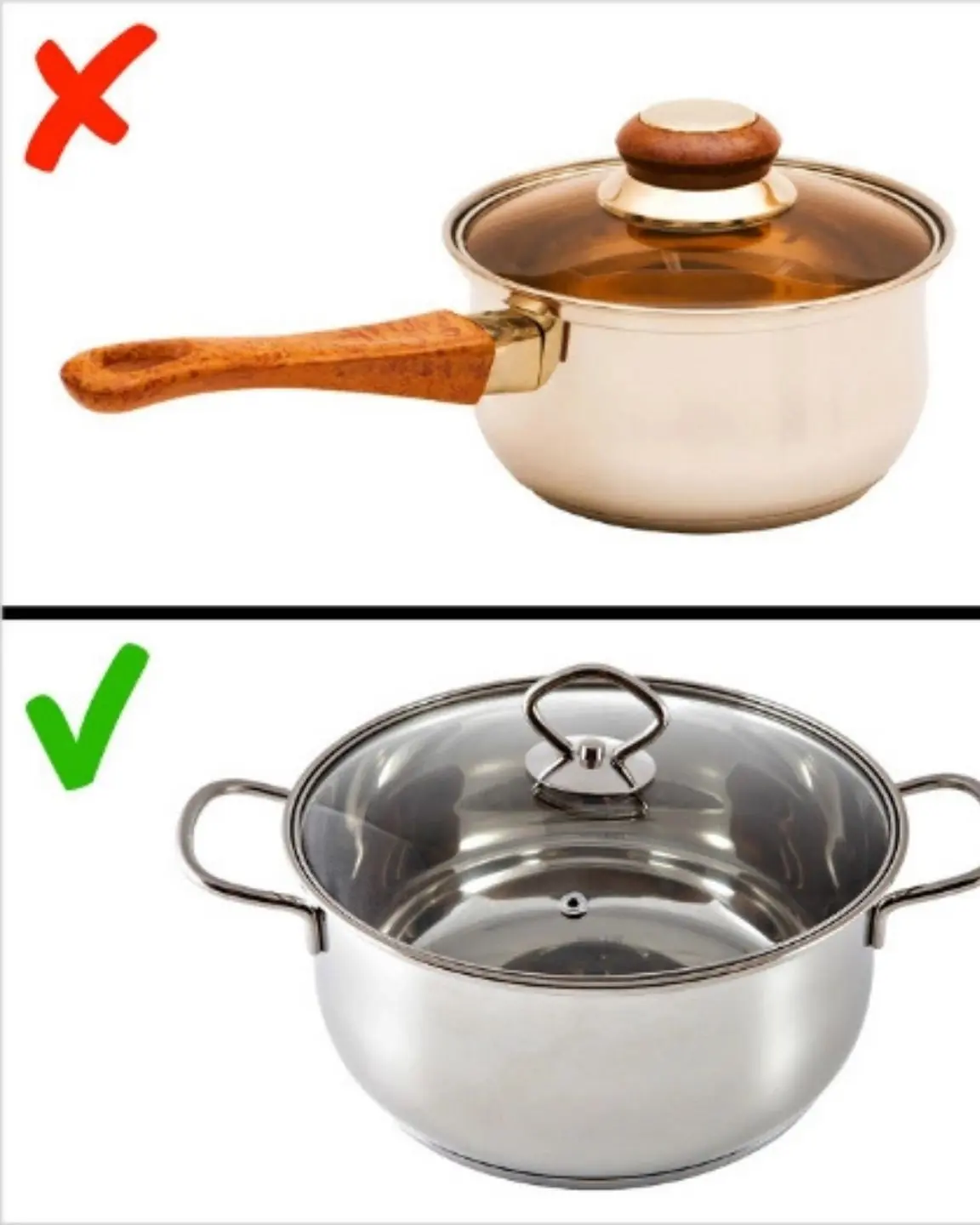
Copper is beautiful and conducts heat well, helping food heat quickly and evenly, but it can also be dangerous to human health. Like some other heavy metals, copper is necessary for human health in small amounts. However, if there is an excess of copper in the body, you can suffer from heavy metal poisoning. When copper cookware is not coated on the outside, it can release copper into acidic dishes. If copper is coated on the outside, it is usually nickel, which is another toxic element.
Alternatives:
Stainless steel pots and pans. This is a great option: durable, relatively lightweight, scratch-resistant, and can be nonstick if used properly. Just make sure you buy the right food-grade stainless steel - one that doesn't contain nickel or chromium.
4. Enamel-coated ceramic pots and pans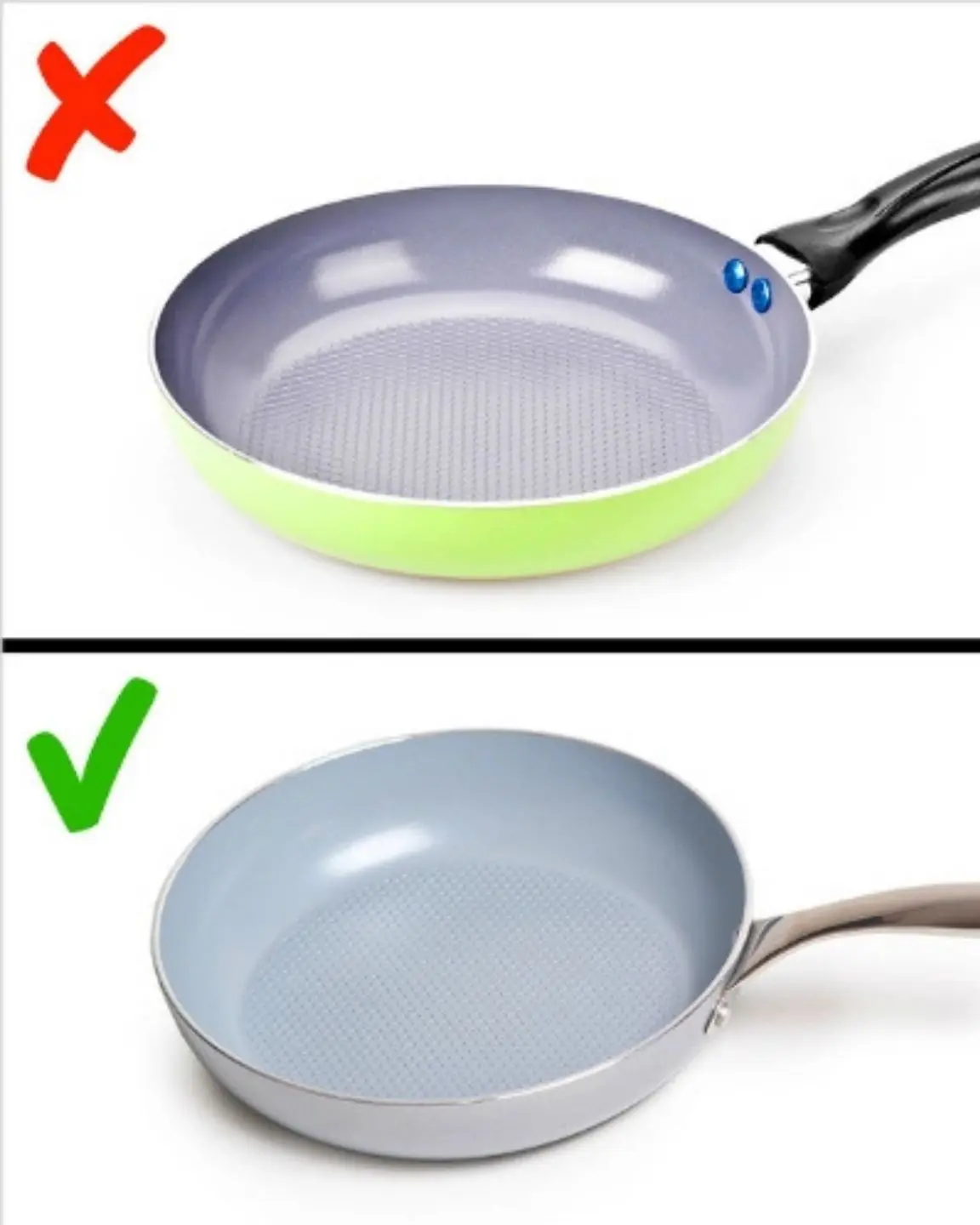
Enamel-coated ceramic looks great. Ceramic is generally safe, but the enamel coating on the outside can contain toxic substances. Ceramic coatings are not durable and often scratch after a few months of use. When they do, the lead and cadmium in the coating will leach into your food and then into your body. Lead poisoning is one of the most dangerous types of metal poisoning and can lead to stomach aches, headaches, infertility, and other complications.
Alternatives:
Use 100% pure ceramic cookware. This is one of the best and safest options because it is made of all-natural, non-toxic materials and will not chip. This utensil is non-stick, easy to clean in the dishwasher and very durable. The only downside is the cost.
News in the same category

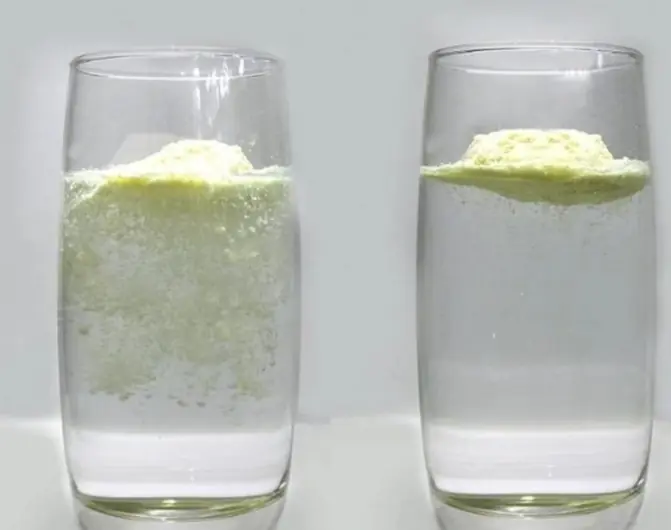
How to differentiate real from fake powdered milk accurately
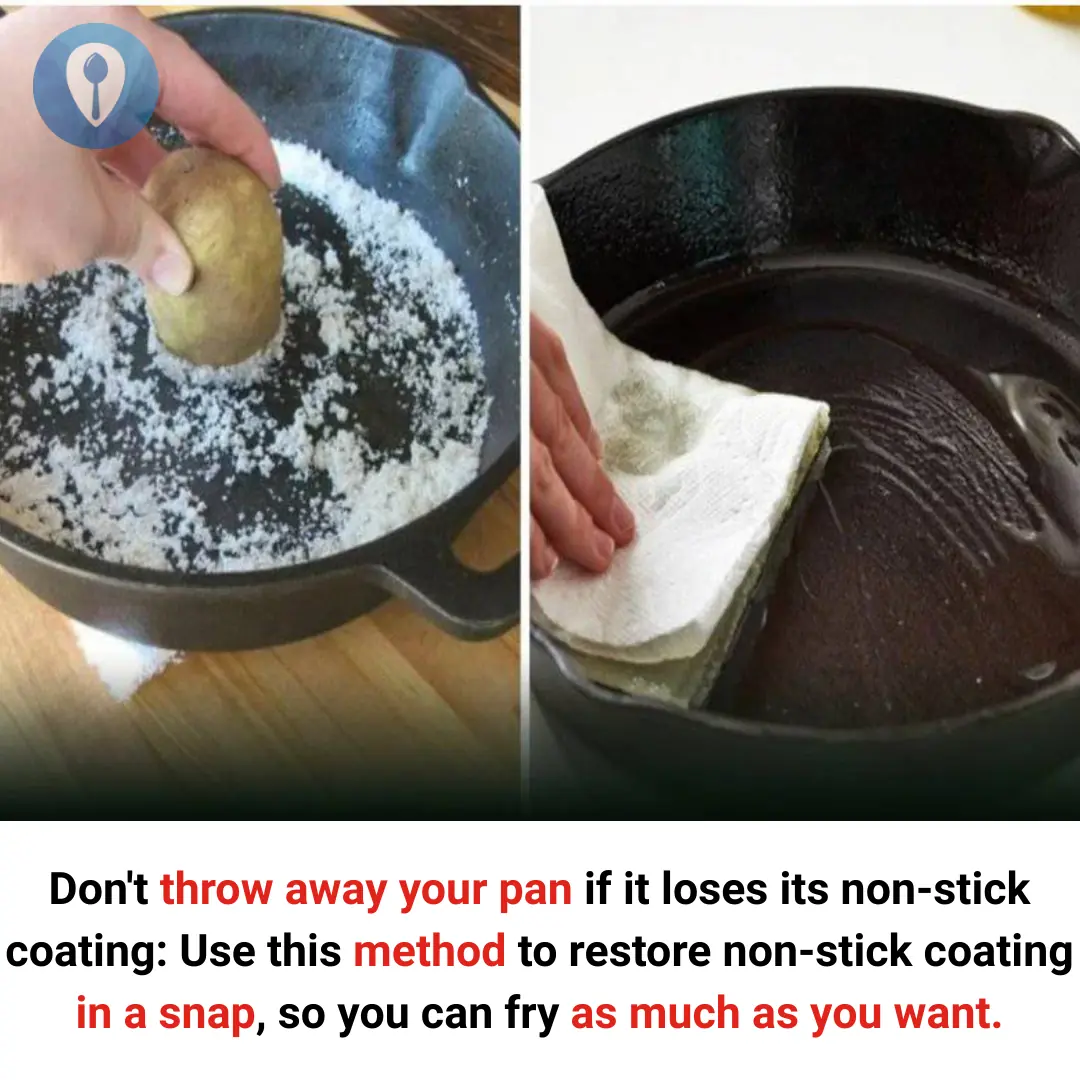
Don't throw away your pan if it loses its non-stick coating
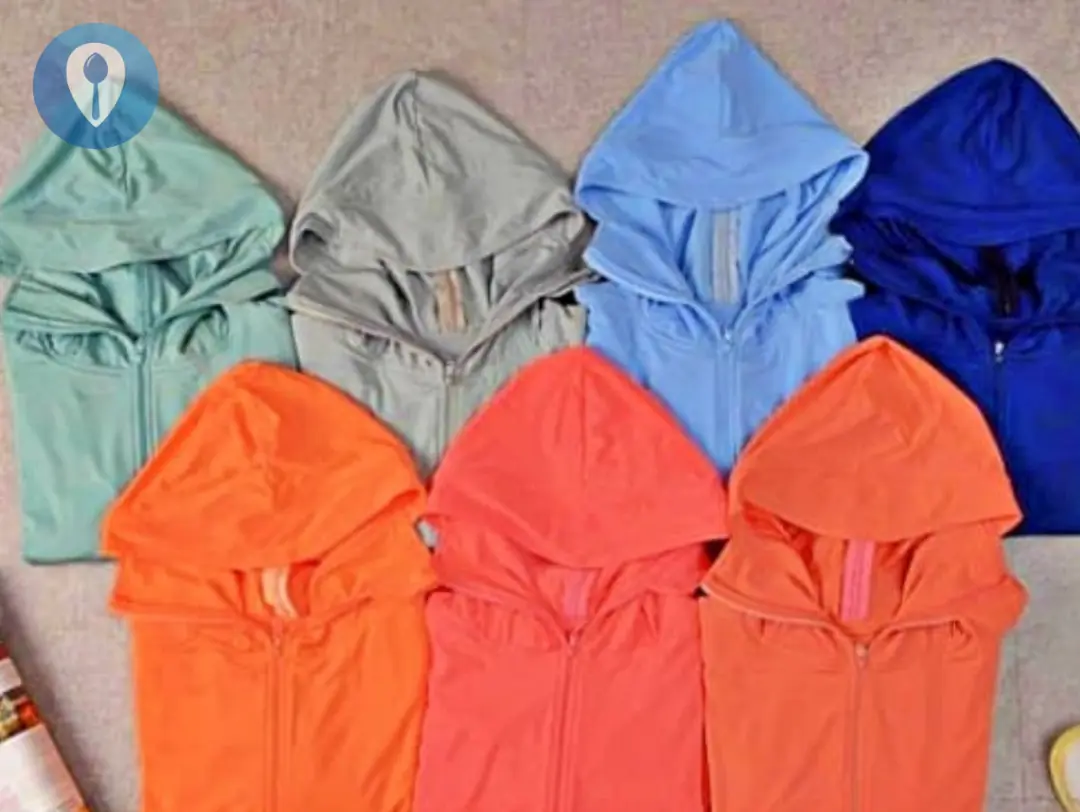
What color and material of sun protection shirt blocks UV rays and heat best? It turns out many people choose wrong

Apply Toothpaste to Your Kitchen Knife – The Brilliant Hack Everyone’s Trying
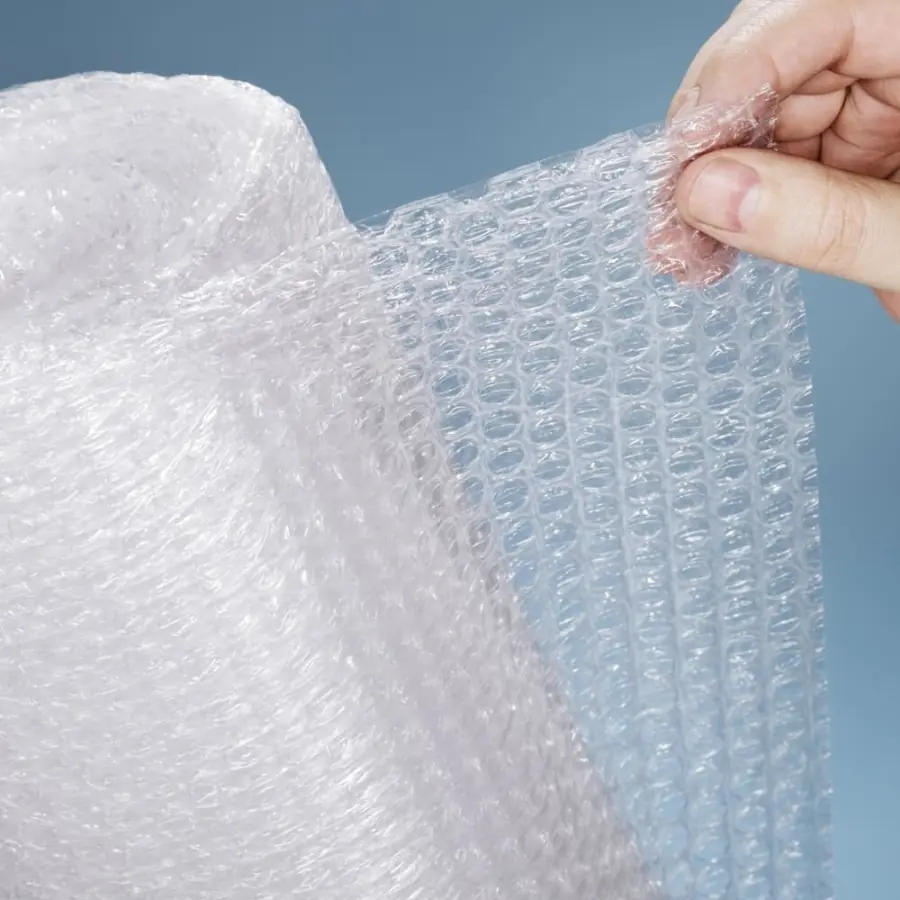
Don't rush to throw away the bubble wrap after use

4 types of plants that snakes love, remove them immediately

Tips for getting rid of small insects in the bathroom
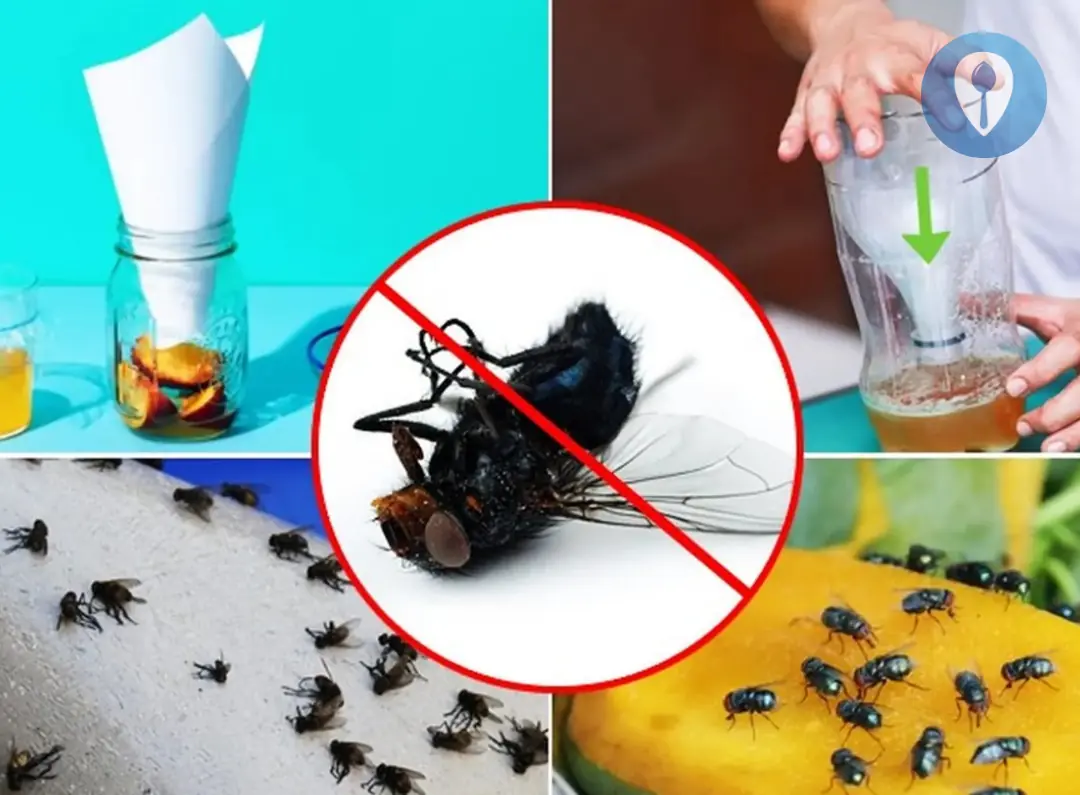
"All" good tips to chase flies, mosquitoes, ants, cockroaches out of the house using cheap ingredients such as
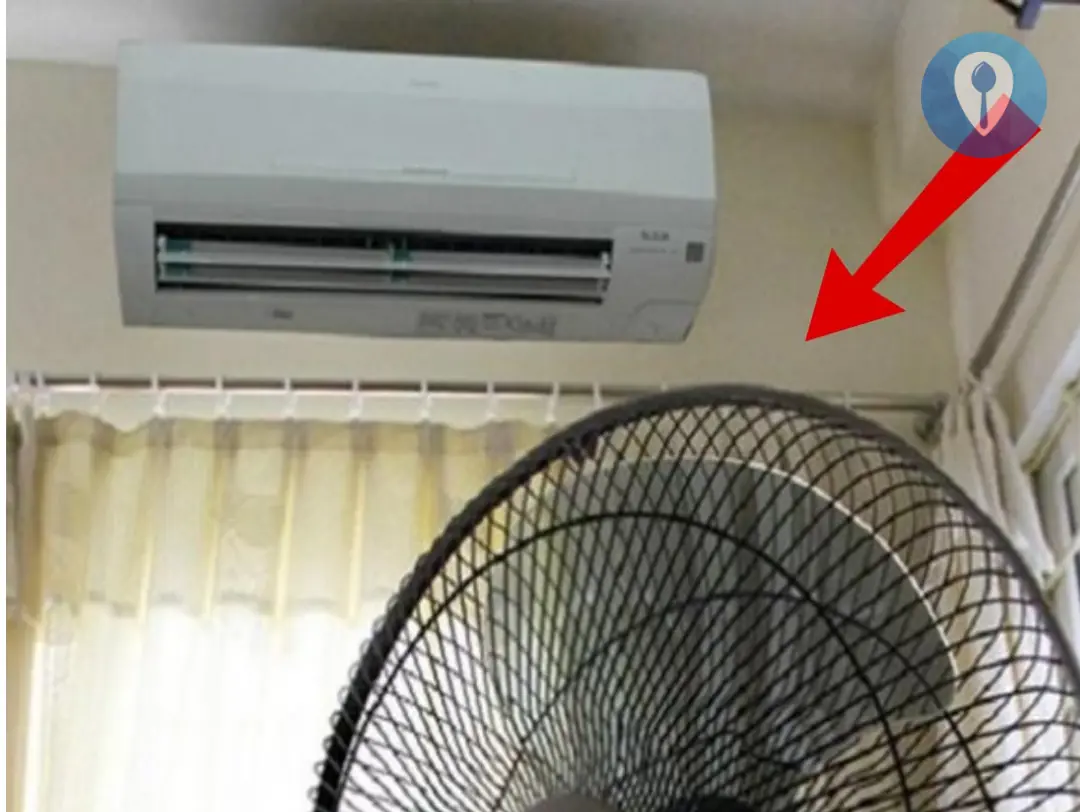
Closing the door and turning on the air conditioner at 29 degrees is wrong
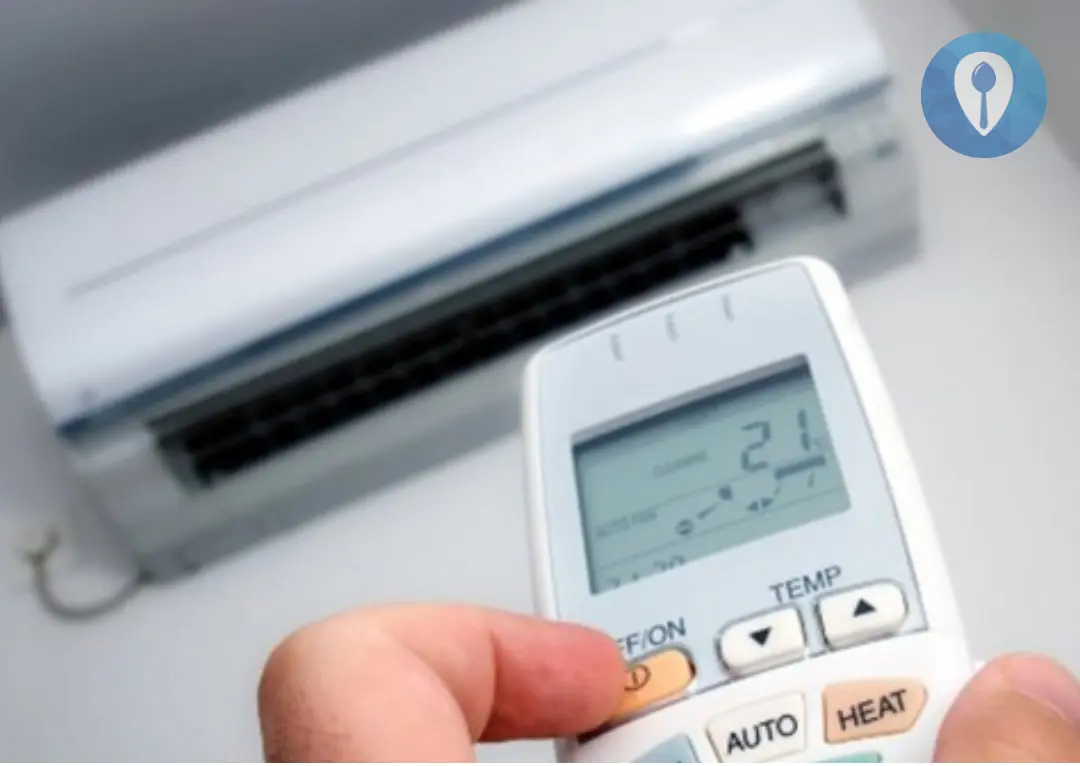
Why shouldn't you turn on the air conditioner for a while and then turn it off

Placing Ginger Beside Your Pillow Is as Powerful as Eating a Thousand-Year-Old Ginseng—Can’t Believe I’ve Wasted Half My Life Not Knowing This

Every Fridge Has a “Secret Number Code” – Adjust It Right and You Could Cut Your Electricity Bill in Half!

8 surprising benefits of silica gel packets

Keeping Doors Shut While Using the AC Is a Costly Mistake That Can Harm Your Health

With This Cream, My Grandmother Looks 35 at 55: The Best Collagen Mask from Parsley

Healthy way to deal with your emotions
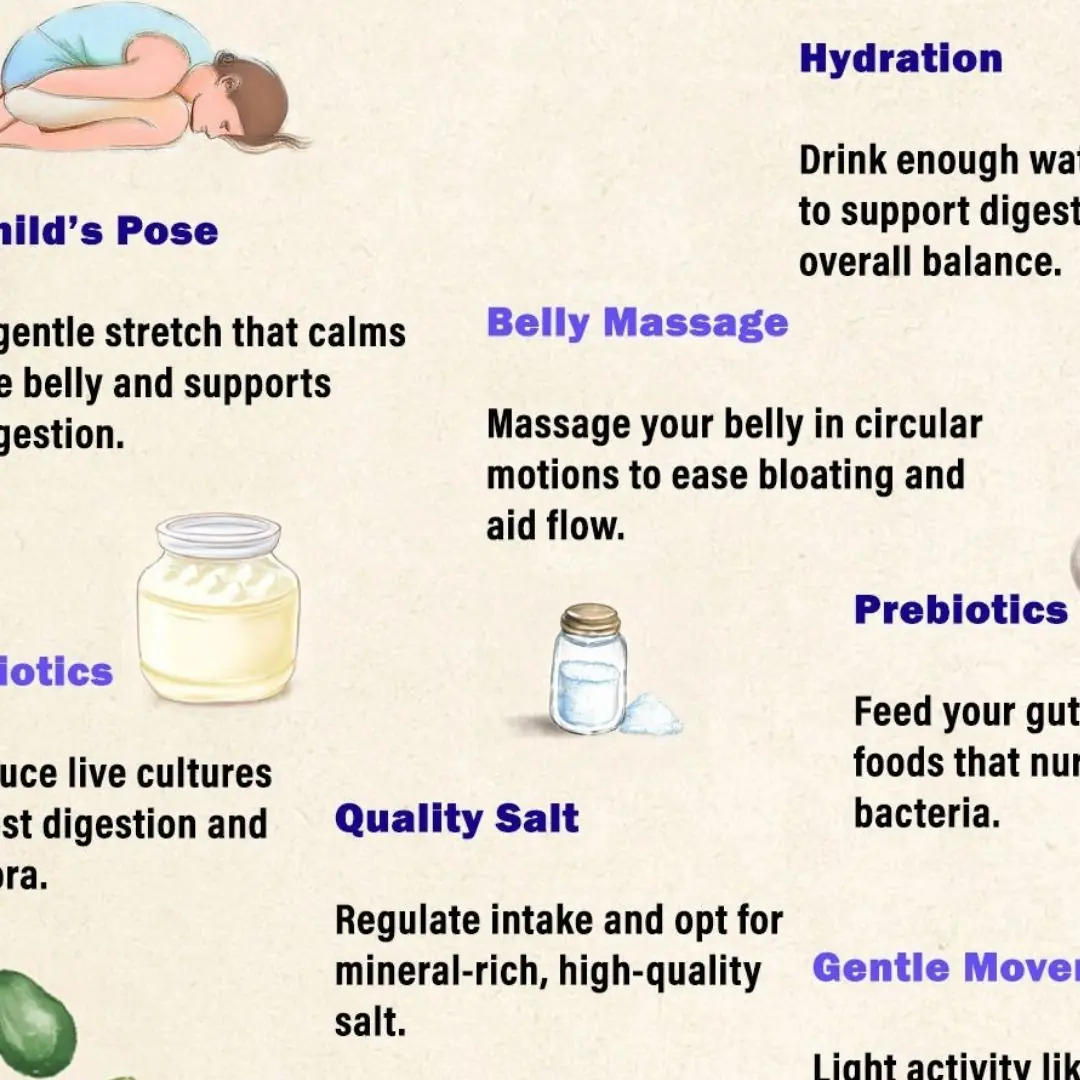
10 Best Ways to Reduce Bloating You Should Have Known Sooner
News Post

5 Costly Mistakes That Spike Your Electricity Bill and Harm Your Health: Are You Using Your Air Conditioner All Wrong?

Travel Hack or Ancient Wisdom? The Hidden Meaning Behind Knocking Three Times Before Entering a Hotel Room
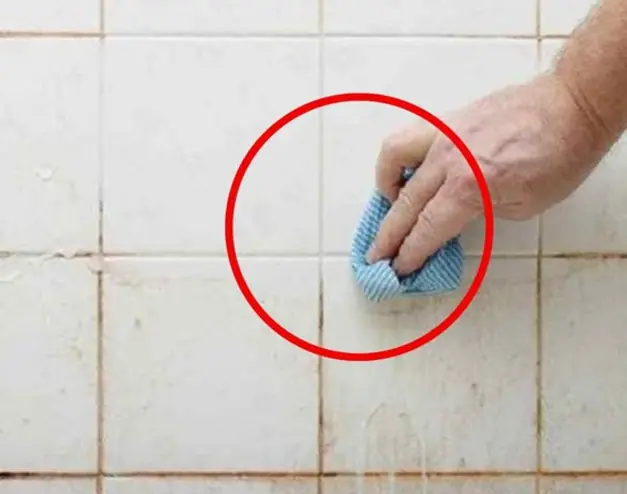
Tips for cleaning tiles to make them shine at home

How to differentiate real from fake powdered milk accurately

Don't throw away your pan if it loses its non-stick coating

What color and material of sun protection shirt blocks UV rays and heat best? It turns out many people choose wrong

Apply Toothpaste to Your Kitchen Knife – The Brilliant Hack Everyone’s Trying

No Matter How Hot Summer Gets, Avoid Bathing During These 3 Times: Many People Know But Still Ignore

The cr.e.e.py truth about dogs howling at night

Don't rush to throw away the bubble wrap after use
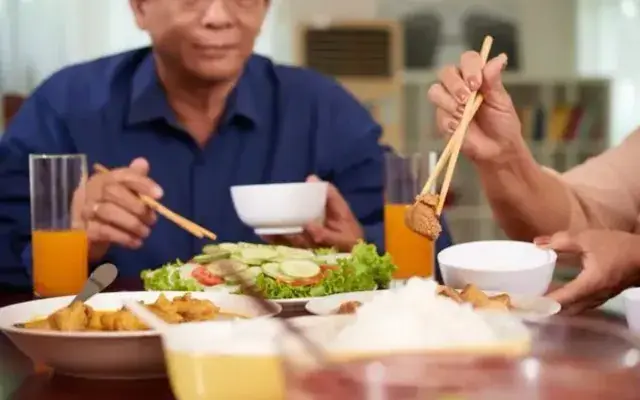
How many meals a day is truly best for your health

4 types of plants that snakes love, remove them immediately

The First Animal You See Reveals Something Amazing About Your Personality

Waking up early in the morning
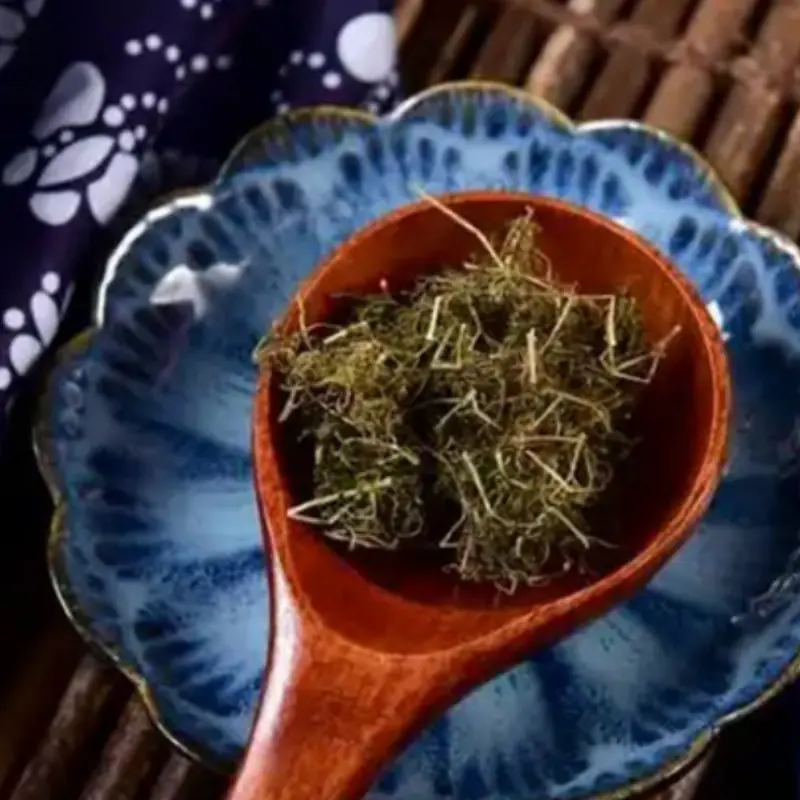
This Wild Herb Is Dubbed 'Ginseng for the Poor' — And Hardly Anyone Knows It Exists
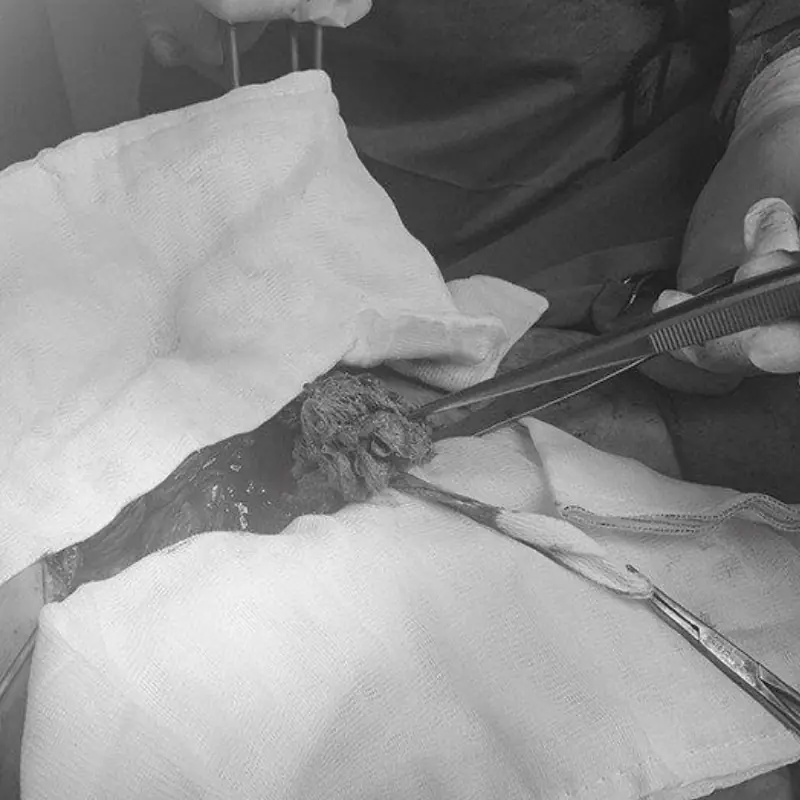
Doctors Find Gauze Left in Patient’s Body for Almost 10 Years

38-Year-Old Man with Sto.mach Can.cer Warns: 3 Leftover Foods in Your Fridge Could Be Can.cer Triggers

Supermarket Employees Reveal 7 Items You Should Never Buy—Even If They’re on Sale
